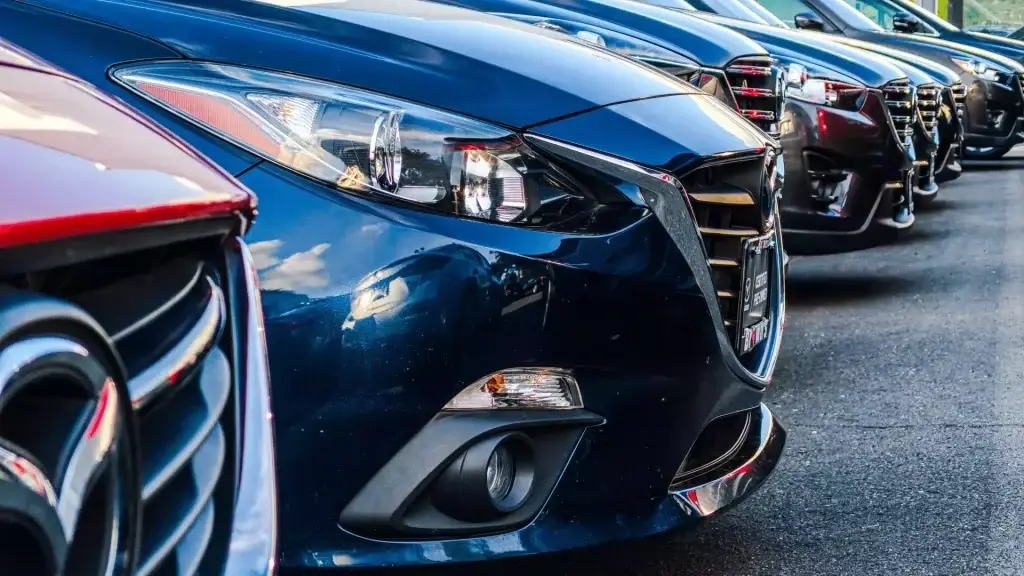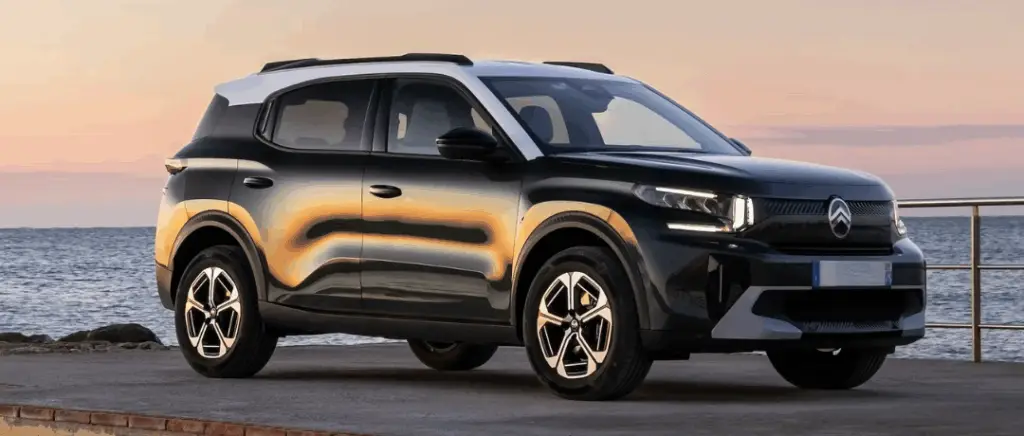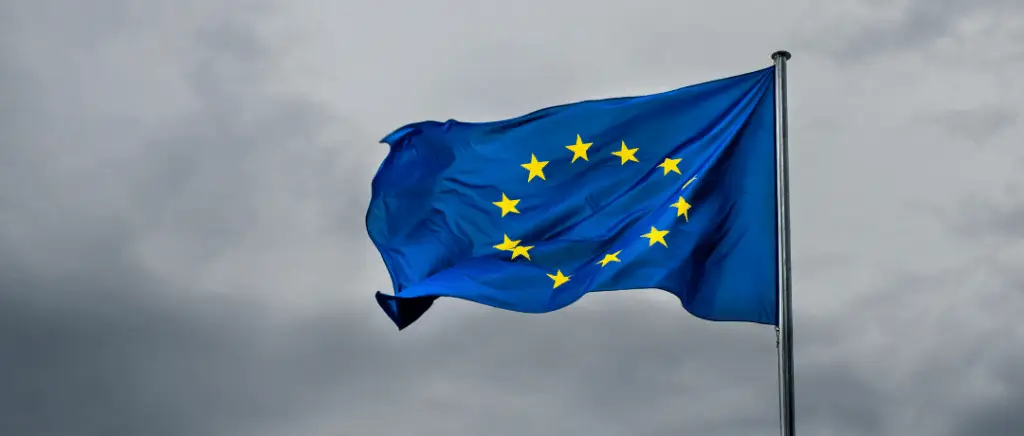Monday to Friday 9am - 12.30pm - 2pm - 7pm
What is a trade-in?
In most cases, buying a new car means selling your old one. But what if that sale could directly help you buy your next car? That's where the trade-in comes in.
How do you define it?
This is when a car professional (dealer, agent, broker, trader, etc.) offers to buy your vehicle. There are several types of trade-in:
- dry (or cash) repossession,
- trade-in with purchase.
Contrary to popular belief, a vehicle trade-in is not always correlated with the purchase of another vehicle. This is the case with a dry trade-in. For example, the dealer takes back your vehicle in exchange for a sum of money. However, you are not obliged to buy another car; the seller then collects the money (by cheque, bank transfer, etc.).
Then there's the trade-in with purchase, the best-known option. This is based on the same principle, except that there is a commitment on your part to buy back a vehicle following the trade-in. In most cases, the value of your old vehicle is deducted from the price of your future purchase, unless your old car is worth more.
Note that most professionals only offer trade-in with purchase at a discount.
The trade-in price depends on the market value of your vehicle. You can benefit from a free estimate by experts who will assess the value of your car according to a number of criteria (condition of tyres, mechanical defects, etc.).
Beev offers this service free of charge, so all you have to do is fill in a form to get an expert estimate of your vehicle's value!
There's another factor to take into account when estimating the value of your car: the Argus price.
What is the Argus?
L'argus lets you find out the value of a car in real time, based on a specific calculation system. The database is regularly updated, so you can be sure of getting reliable estimates. All you have to do is enter the model, make and year of your vehicle!
Conditions for obtaining the takeover
There are no specific conditions regarding the age, make or condition of the vehicle. Even the oldest vehicles can be taken back as part of a purchase. You can also buy a second-hand vehicle through the trade-in scheme, or take a car back as a LOA.
What's more, you can have your vehicle taken back by LOA in progress! In other words, you can pay off your LOA before its term by carrying out a clean operation.
What is the conversion premium?
In this case, it is the scrapping of your old vehicle that enables you to obtain the conversion premium. More specific than the trade-in, but no less attractive, is the conversion premium!
The conversion premium: how is it defined?
This financial aid is paid to motorists who buy a low-emission vehicle in exchange for scrapping their old one.
You can get up to €6,000 towards the purchase of an electric car. However, the amount of this grant is based on criteria such as the number of kilometres driven.autonomythe CO2 emission rateetc. as opposed to the recovery. This conversion premium can be combined with the ecological bonus. The latter is a form of energy transition aid, which rewards the purchase or lease of a low-pollution vehicle. With the environmental bonusThere's no need to scrap your old car.
Conditions for obtaining the premium
There are a number of conditions that must be met to qualify for the conversion allowance, including your income and the purchase of your vehicle. We have listed these requirements for you.
You must :
- be domiciled in France,
- have a reference tax income per unit of less than €14,089, or more than €14,089,
- buy or lease a vehicle from 28 April 2022.
Note that the applicable scale varies according to your reference tax income.
Discover the electric cars available from Beev
Car trade-in vs. conversion premium: what are the similarities?
Often confused, these two options have similarities that make it difficult to distinguish which is which. So we've brought together their points of convergence, without forgetting to subtly point out that at heart they are different!
Help with your energy transition
The recovery, as much as the conversion premiumare solutions designed to help you with your energy transition. They encourage you to change your vehicle, taking the most polluting vehicles off the road and turning to more responsible mobility solutions. Of course, the conversion premium puts more emphasis on this point by imposing a specific scale for each vehicle depending on its impact on the environment. However, taking back a vehicle that is either going to be used by someone else (second-hand purchase) or used by dealers (parts recovery) is a process that helps to the circular economy.
This economic model enables us to move from a system based on waste and disposability to a more responsible way of consuming and producing. By giving your vehicle a second life, trade-in improves waste management and recycling, the main pillar of the circular economy, by reinjecting materials from waste (your old car) into the economic cycle.
These two offers, which are often confused, certainly contribute to the ecological transition, but they cannot be combined.
Help with financing your vehicle
In addition, the takeover or the conversion premium are payment aids for motorists wishing to acquire a new vehicle. In both cases, you benefit from a price reduction on your new car, either in the form of a sum of money (conversion premium and dry trade-in), or in the form of a reduction in the base price of your new vehicle (trade-in with purchase).
For example, you want to buy a Peugeot e-208which costs an average of €34,800. If you choose to opt for the conversion premium, you can get up to €6,000 in aid for this vehicle, which would bring the price down to €28,800, and with the ecological bonus you can benefit from an extra €5,000 in assistance. In the end, your electric car with an initial price of €34,800 will cost you €23,800, not to mention that you can also benefit from special discounts thanks to the Beev.
Be sure to check all the eligibility conditions beforehand, as this amount of aid does not apply to all households, or to all vehicles!
In the case of a trade-in, everything depends on the condition of your current vehicle. No amount is fixed beforehand, so you can claim a reduction on the initial price that is greater than the amount of the two grants combined!
Car trade-in vs. conversion premium: what are the differences?
This section will help you to distinguish between the two options available to you when you want to buy a new vehicle and get rid of your old one at the same time!
Terms and conditions
When it comes to the conditions you need to meet in order to benefit from the trade-in scheme or the conversion premium, there are a number of similarities. So we've listed them for you for each option!
Concerning the conversion premium :
- reference tax income: this criterion is used to determine the amount of assistance you are eligible for.
- the type of vehicle: some vehicles are not eligible for this allowance. For example, for internal combustion vehicles, only those with Crit'Air 1 can benefit from this aid. Since the changes introduced in 2021, all internal combustion vehicles with Crit'Air 2 or higher (diesel before 2011 and petrol before 2006) have been excluded from this subsidy.
On the recovery front :
- all vehicles are eligible for trade-in, even the oldest and most polluting...
- there are no income requirements,
- no domiciliation requirements either.
Procedures
One of the main advantages of a trade-in is that the seller of the vehicle is relieved of the administrative formalities involved, unlike a trade-in. the conversion premium.
For the conversion premium :
You have to apply yourself: if the professional has not advanced you the premium, you have to apply for this aid yourself. The procedure is online and you will need to provide documents such as :
- the registration document for your old vehicle,
- the registration document for your new car,
- your bank details.
As far as the trade-in is concerned, the formalities involved in selling your old vehicle are the responsibility of the professional. Unlike a sale between private individuals, where you have to complete all the necessary paperwork, in this case you don't have to worry about a thing!
What is the amount of aid?
Finally, the amount of aid between the conversion premium and trade-in is different. One is fixed, the other depends on the condition of your vehicle. For the conversion premium, the amounts are fixed.
From 1 January 2023, aid will be capped at €6,000 for an electric car, if you have a reference tax income of less than €14,089 and meet the mileage criteria of more than 12,000 km travelled per year and a home-to-work distance of at least 30 km.
On the subject of trade-in, the amount of assistance varies according to the condition of your vehicle, which means that you are obliged to take good care of your car. The better the condition, the higher the trade-in price.
Read also : Everything you need to know about the conversion premium in 2023
In conclusion
Recovery and the conversion premium are two alternatives that can help you with your energy transition. Despite the fact that these two options are similar, they do have some notable differences. So if you want to change your car, you need to decide which is best for you.
Our advice: the takeover would be preferable for the following reasons:
- you don't have to worry about a thing, all the formalities involved in selling and buying are taken care of by the professional,
- you can stop your car insurance quickly, so you don't have to keep paying for it while you wait for your car to be sold,
- This offers the opportunity to take back older vehicles, thereby removing the most polluting vehicles from the roads,
- Even some cars that are no longer in good condition can be taken back, because the professionals recover the parts - everything can be recovered!
- if your vehicle is worth more than the conversion premium for which you are eligible (€2,500 or €6,000).
So are you ready for a change of vehicle? Don't hesitate to ask us all your questions!
































